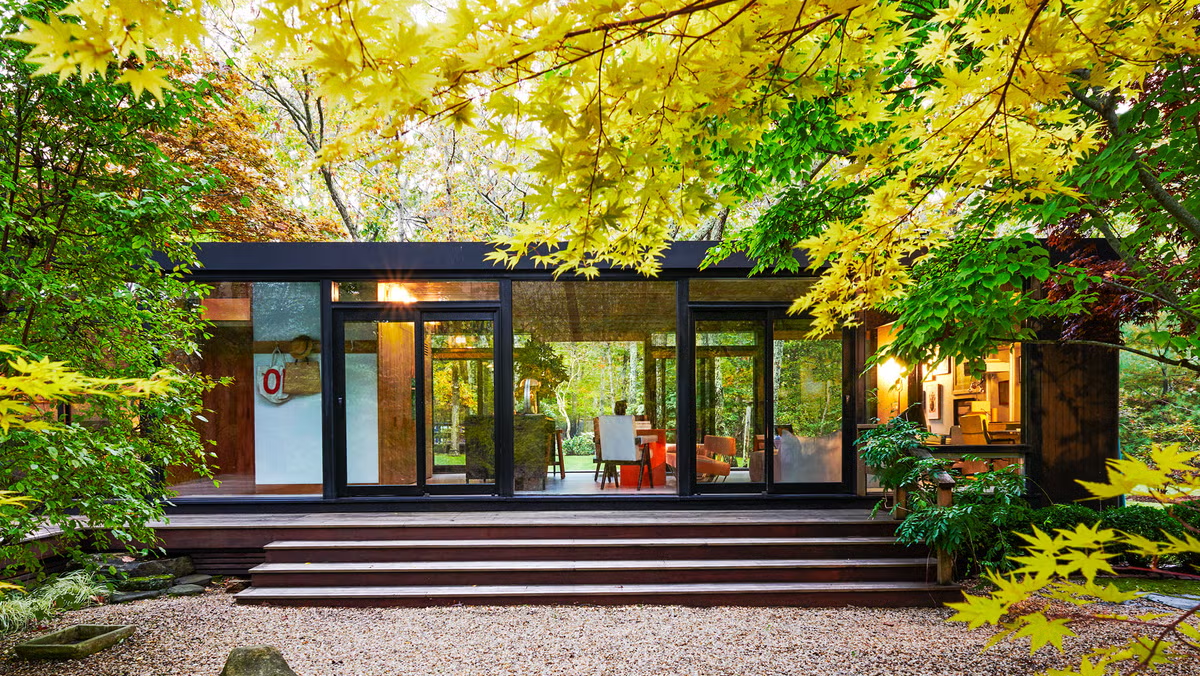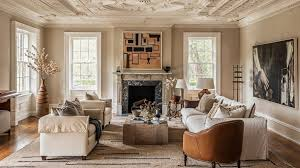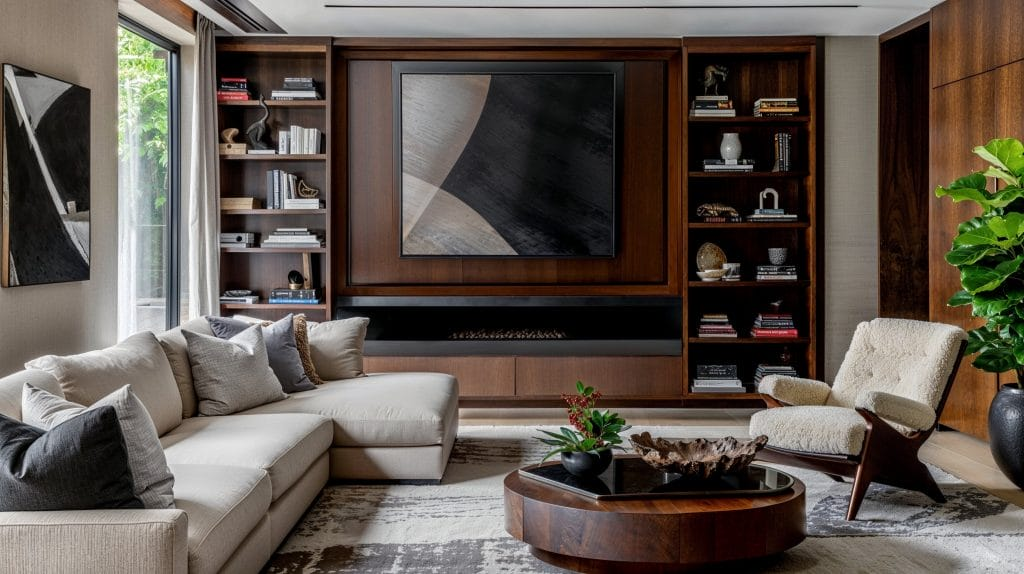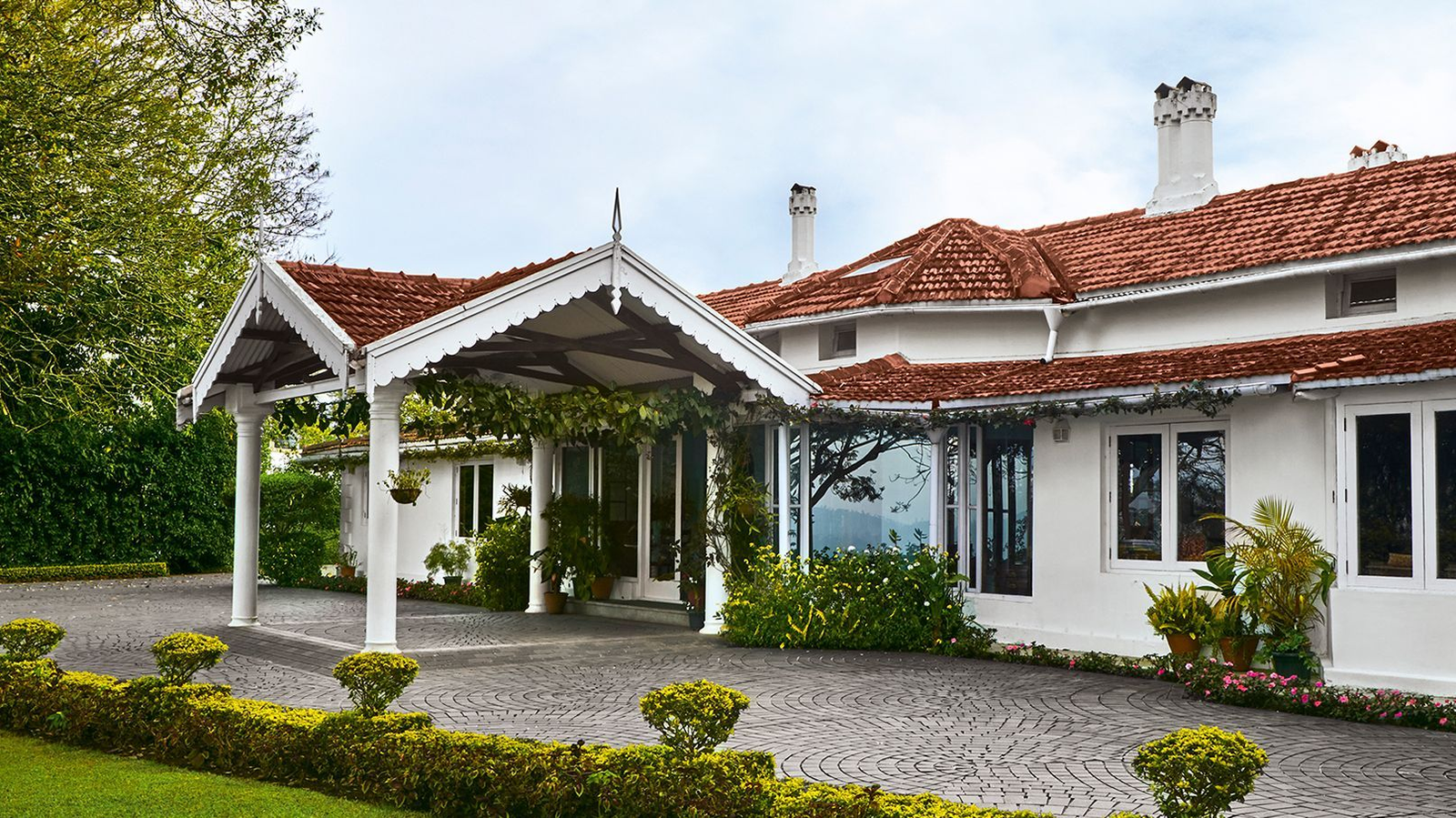Now Reading: Historic Homes and Modern Makeovers Transform Classic Spaces Today 2025
-
01
Historic Homes and Modern Makeovers Transform Classic Spaces Today 2025
Historic Homes and Modern Makeovers Transform Classic Spaces Today 2025

Table of Contents
Historic homes have always carried a special charm. Their unique architecture, detailed craftsmanship, and timeless appeal make them stand out from newer constructions. However, as times change, homeowners and designers are finding ways to combine the past with the present, giving these old houses a modern twist while preserving their history.
Why Modern Makeovers Are Popular
Historic homes tell stories of the past. From Victorian mansions to colonial houses, each brick and beam reflects a part of history. But many of these homes were not built with today’s lifestyle in mind. Small kitchens, outdated bathrooms, and poor energy efficiency often make living in them challenging.
Modern makeovers allow homeowners to enjoy the best of both worlds. By keeping the charm of the old structure and blending it with contemporary comforts, these homes become more functional, comfortable, and visually appealing.
Balancing History and Modern Design
One of the biggest challenges in renovating historic homes is maintaining their original character. Preservation experts emphasize that it is important to respect the architectural integrity of the home. Features like wooden moldings, stained glass windows, and antique fireplaces should be restored rather than replaced.
At the same time, homeowners are introducing modern elements. Open floor plans, minimalist interiors, and smart home technology make these homes suitable for today’s lifestyle. The key is balance. Designers focus on integrating modern features in a way that enhances the old design rather than overpowering it.
Popular Modern Upgrades

1. Kitchen Renovations:
Historic homes often have small, closed-off kitchens. Modern makeovers expand these spaces or open them up to living areas. Sleek cabinetry, energy-efficient appliances, and stone countertops are common upgrades that bring functionality without losing style.
2. Bathroom Transformations:
Older bathrooms may feel cramped or outdated. Adding modern fixtures, walk-in showers, and freestanding tubs helps create luxurious and practical spaces while respecting the home’s original style.
3. Energy Efficiency:
Many historic homes were built long before energy efficiency became a priority. Upgrades such as double-glazed windows, insulation, and energy-efficient heating systems can reduce utility costs and make homes more sustainable.
4. Smart Home Integration:
Modern homeowners also want convenience. Integrating smart lighting, security systems, and thermostats ensures historic homes meet contemporary standards without altering their charm.
Challenges of Renovating Historic Homes
Renovating a historic home is not without challenges. Older buildings may have structural issues, outdated wiring, or plumbing problems. These require careful planning and expert knowledge. Additionally, some historic homes fall under preservation laws that restrict changes, meaning every renovation must be approved by local authorities.
Budgeting is another consideration. Restoring original features while adding modern amenities can be costly. However, many homeowners see it as an investment, as historic homes with modern upgrades often have higher property values.
Success Stories of Modern Makeovers

Across the globe, many historic homes have undergone stunning transformations. In the U.S., old Victorian houses in San Francisco now feature open-plan kitchens and modern bathrooms while retaining intricate woodwork and stained glass windows. In Europe, centuries-old farmhouses in France and Italy have been transformed into luxurious living spaces with state-of-the-art kitchens and sleek interiors, all while preserving original stone walls and beams.
These examples show that with careful planning and thoughtful design, historic homes can be made fully functional for modern living without losing their soul.
Tips for Homeowners Considering a Modern Makeover
- Hire Experienced Professionals: Architects and designers with experience in historic homes can make a huge difference.
- Preserve Key Features: Focus on maintaining distinctive elements that give the home its character.
- Plan for Modern Comforts: Consider practical upgrades like plumbing, wiring, and energy efficiency early in the design process.
- Respect Local Regulations: Check if your home is protected under heritage laws and follow guidelines for renovations.
- Blend Old and New: The goal is harmony, not contrast. Modern updates should complement the historic charm.
Conclusion
Historic homes offer a rare glimpse into the past, but modern makeovers allow them to thrive in the present. By blending classic architecture with contemporary design, homeowners can enjoy comfort, functionality, and beauty all in one space. The trend of transforming historic homes shows no signs of slowing down, proving that old houses can be both timeless and trendy.
Preserving history while embracing modern living is not just a design choice it is a celebration of heritage and innovation coming together under one roof.
READ MORE:- Inside the World of Business Acquisitions: Secrets of Corporate Growth 2025



















